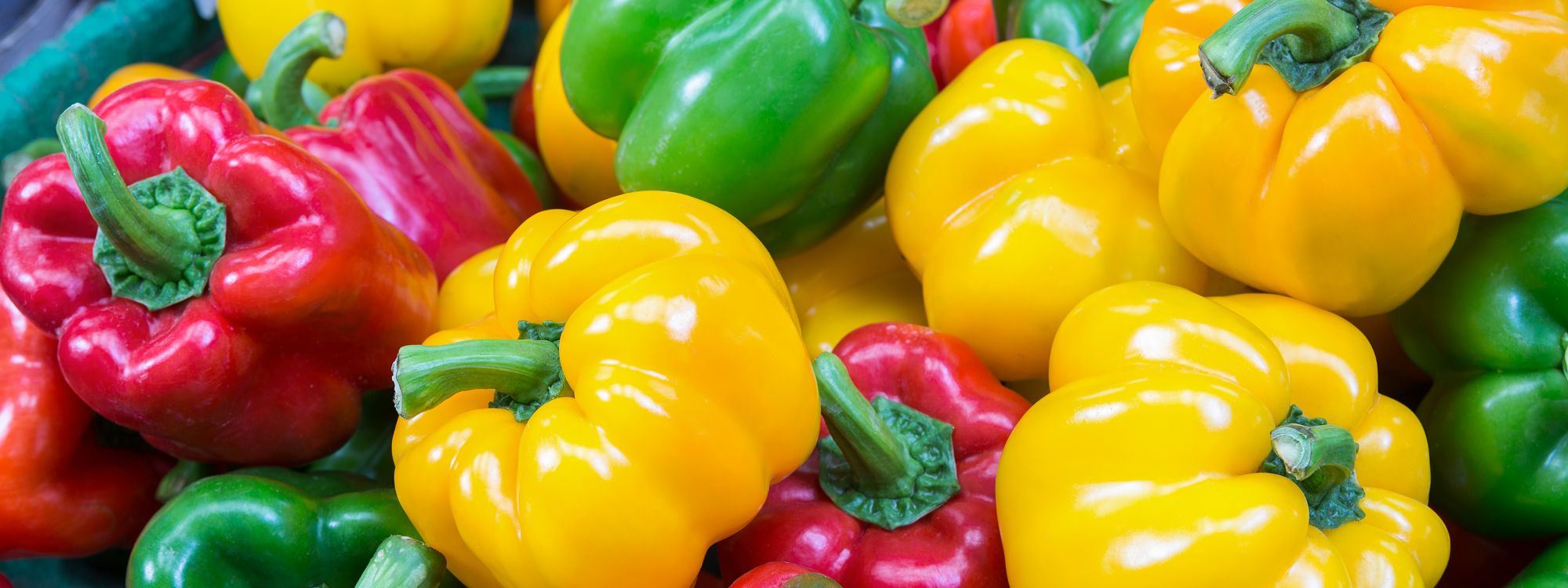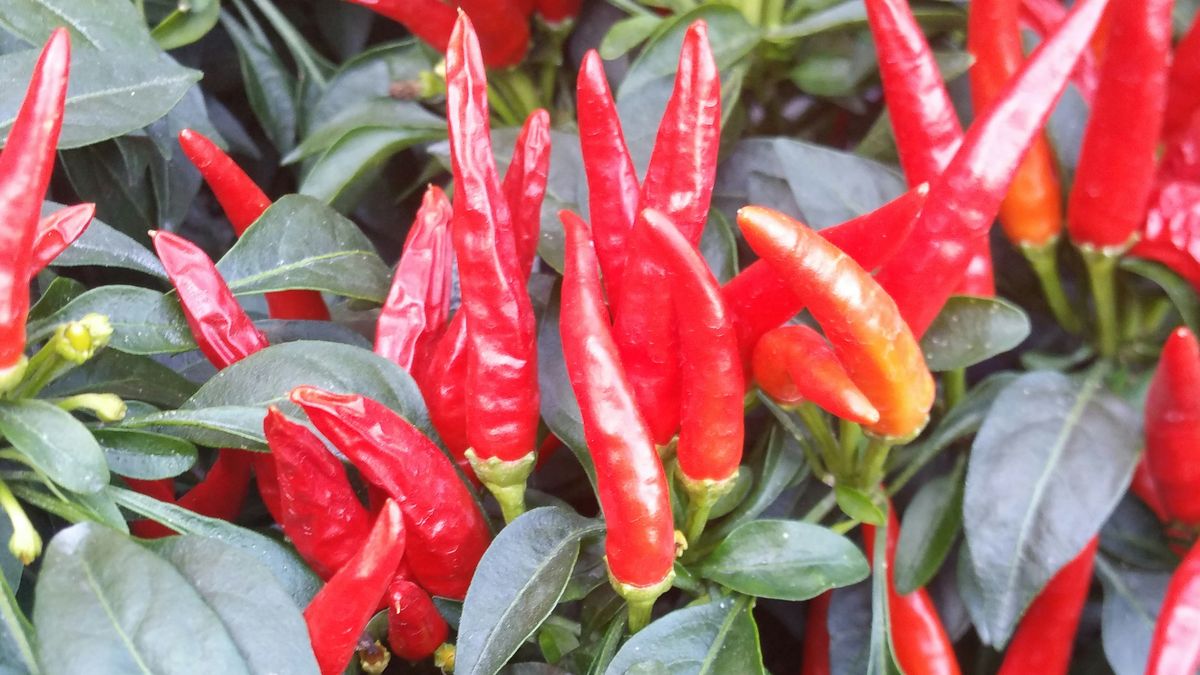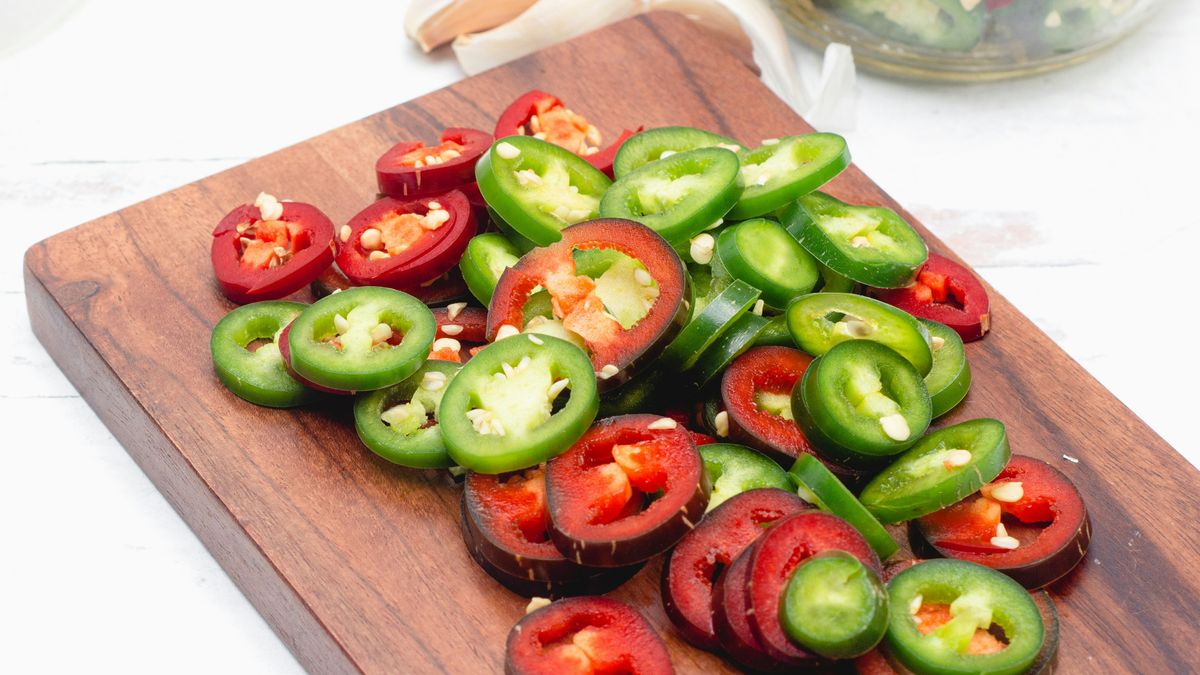
Peppers, scientifically known as Capsicum annuum, are an integral part of the Solanaceae family. These plants bear fruits, or berries, that we commonly refer to as peppers. The pepper plant is an erect shrub, typically no taller than 100-150cm, with light hair and shiny, lanceolate leaves. Its flowers are white, growing just below or above the leaves. The fruits, which start off as green and ripen to yellow or red, contain a placenta and seeds that house the spicy active ingredient found in chili peppers: capsicin.
Peppers were initially referred to as "Brazilian pepper" when they were first introduced to Europe. Over time, these fruits have become a staple in many global cuisines due to their versatile nature and botanical heterogeneity. Peppers can be classified based on their spiciness (hot and sweet) and shape (ribbed, horn-shaped, and flattened).

Furthermore, peppers are the source of various spices, including paprika and powdered or ground chili pepper. While these terms are often used interchangeably, they represent two distinct products. Powdered/ground chili pepper is spicy, with its potency depending on the variety of dried capsicum used. In contrast, paprika is derived from the pulp of the pepper, devoid of the placenta and seeds, making it non-spicy.
Peppers are grown worldwide, with their cultivation varying based on geographical location and climate. These plants can be grown from seeds in a protected seedbed or by transplanting seedlings. While not overly complicated, growing peppers requires careful attention to prevent diseases and pest infestations. Watering frequency depends on the atmospheric temperature, and harvest typically begins when the peppers are still green. If left to ripen on the plant, the peppers turn yellow or red and can be used for making paprika or dried chili peppers.
Peppers belong to the VII food group and are known for their modest energy intake primarily derived from fructose content. They are also low in lipids and proteins. Raw peppers are rich in vitamin C (ascorbic acid) and are an excellent source of beta-carotene and other carotenoids. The redder the pepper, the higher the beta-carotene and vitamin C content. Other nutritional components include dietary fiber, water, and a variety of mineral salts, particularly potassium. The growing environment significantly influences the beta-carotene content, with optimal conditions being a consistent temperature around 20°C.

While consuming peppers raw helps preserve their vitamin C content, cooking them can improve their digestibility and the availability of carotenoids. Steaming or pan-cooking over a moderate flame is recommended.
Different types of peppers have distinct nutritional profiles. Here’s an overview per 100 grams:
Peppers are sometimes considered “hard to digest” because of their fibrous outer skin. Once this skin is removed—especially after cooking—they’re about as easy to digest as other vegetables. Green peppers are less sweet and often a bit harder to digest. Red and yellow peppers are sweeter and typically easier on the stomach.
Peppers are highly versatile in the kitchen. They can be:
No matter how they’re prepared, peppers provide a unique flavor and a nutritional boost to meals.